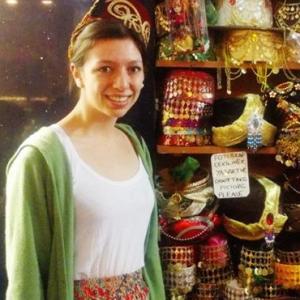Bolivia is described as one of South America’s best-kept secrets. Many are wondering: what is Bolivia famous for? So we’re here to spill the (cocoa) beans with an A to Z guide of land boasting the world’s largest salt flats, the world’s most dangerous road (if that’s something to boast), 36 indigenous groups and an almighty assemblage of wildlife.
Bolivia continues to be one of the most underrated destinations, yet there's plenty of adventure for novice and well-seasoned travelers. With all that makes Bolivia famous, you're sure to find something on this list that will spark excitement for your next travel destination. Wild Frontiers offer a comprehensive 15-day group tour of Bolivia as well as tailor-made holidays throughout the country.
Altiplano
Spanish for “high plain," this is one of the driest areas on the planet. The Plateau occupies the west of Bolivia and is dominated by huge active volcanoes such as Parinacota, on the Bolivian border with Chile.
Bolívar
The nation is named after freedom fighter Simon Bolívar who led Bolivia (along with Venezuela, Ecuador, Peru, and Colombia) to independence from Spanish rule in 1825.
We have to also mention the currency is the Bolivian Boliviano, fantastically known as BOB.
Coca
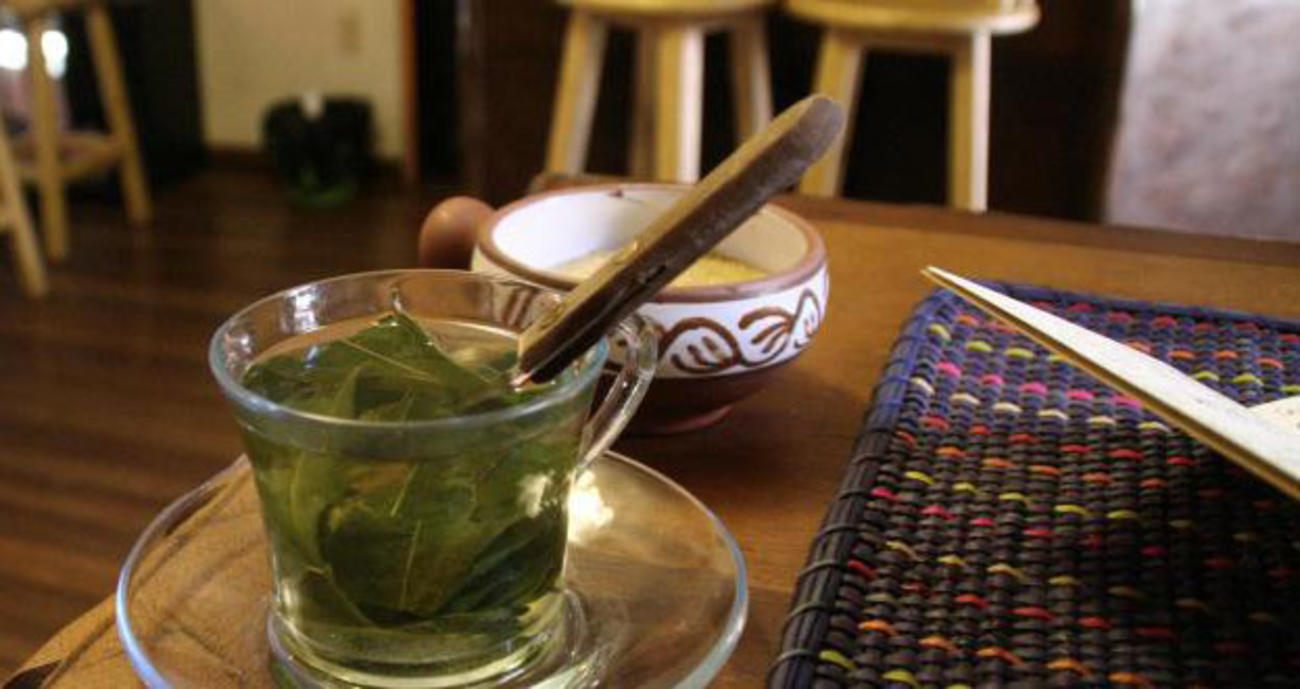
What is Bolivia famous for? If not just its beauty in flora and fauna. The coca plant plays a traditional role in Bolivian cultures and is chewed on by locals, said to combat the altitude and give stamina to the workers such as the miners in Potosi. It has also been used
- as an anesthetic
- to treat pain and broken bones
- aid in childbirth
There is even a Coca Museum in La Paz which looks at the plant's importance and history in Bolivian culture. To the rest of the world, it is known for its psychoactive properties and is the plant cocaine is extracted from. The Catholic Church termed the plant "devil's weed". This plant, which is native to its region, sparks much debate both within the borders of Bolivia and worldwide.
Death Road
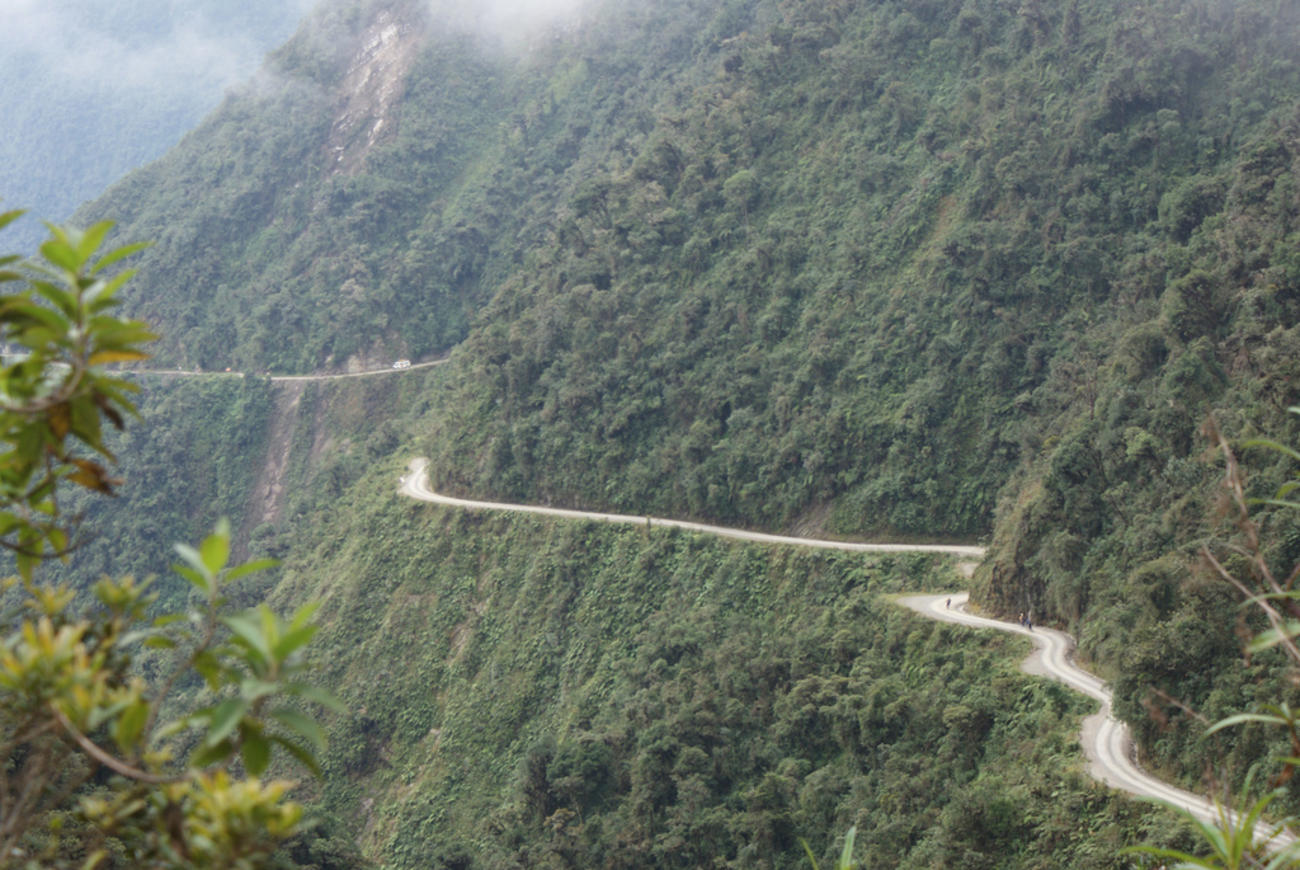
Or by its proper name, Yungas Road, this is a 65-kilometer road leading from La Paz to Coroico, gaining its infamous nickname for the shocking number of travellers killed along the dangerous road every year, including from fallen vehicles.
Etcheverry
Marco Etcheverry, nicknamed El Diablo (The Devil) is considered one of the country’s greatest footballers of all time, with 71 caps for the national team between 1989 and 2003. Now retired, during his seven years as a pro-futbol player, Etcheverry was widely considered a creative playmaker. He helped D.C. United win 8 trophies and he was also nominated to the MLS Best XI for four consecutive seasons.
Fiesta
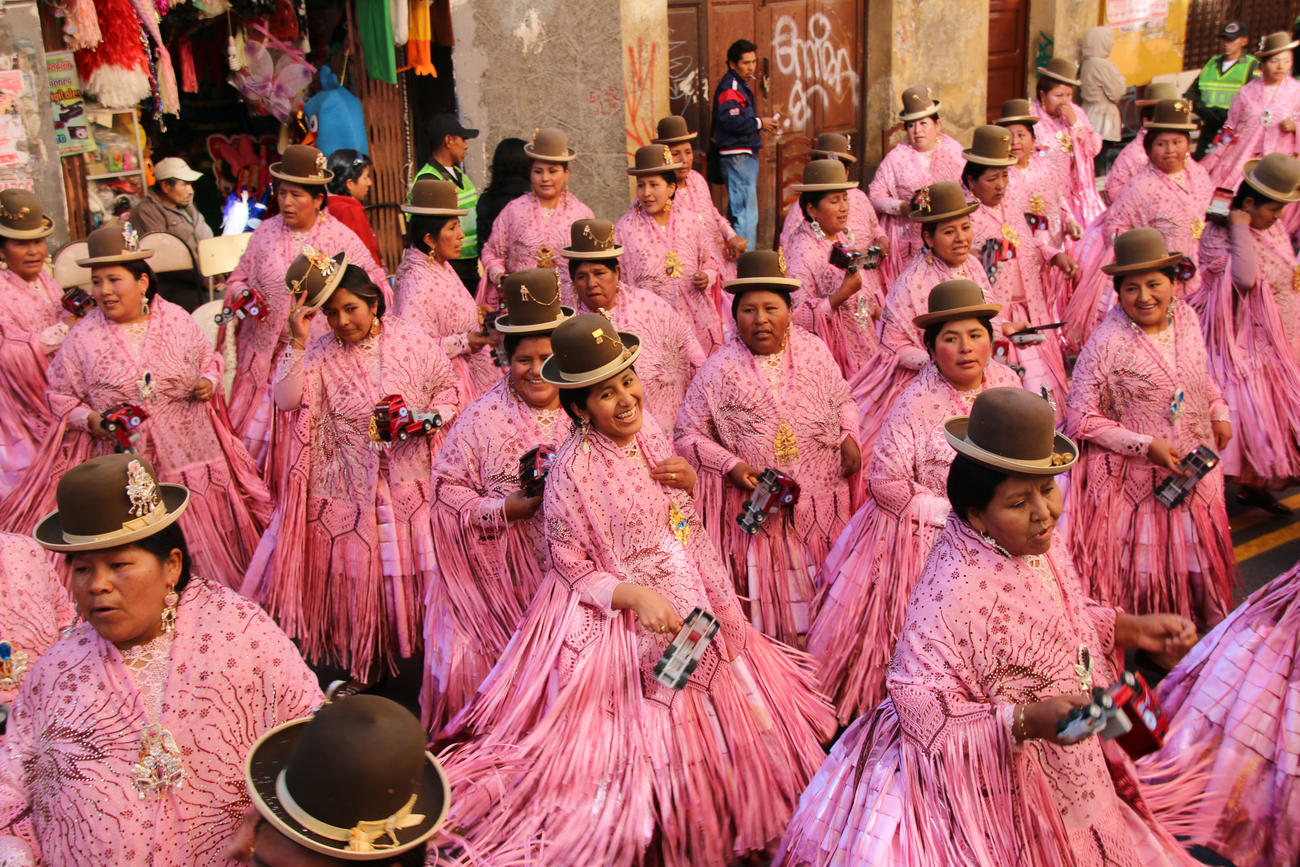
What is Bolivia famous for? None other than their annual fiestas! Bolivia celebrates lots of national, regional and local fiestas, especially during Carnaval season in late February to early March.
La Gran Poder is La Paz’s largest fiesta, with a vibrant parade of 30,000 dancers and 4,000 musicians taking place in late May or early June. It is one of the most important traditions and religious celebrations of Bolivia. Many of the dances are in celebration of the history of this cultural country. If you're traveling through Bolivia, we highly recommend planning a trip and experiencing one of the many fiestas of this region.
Guanaco
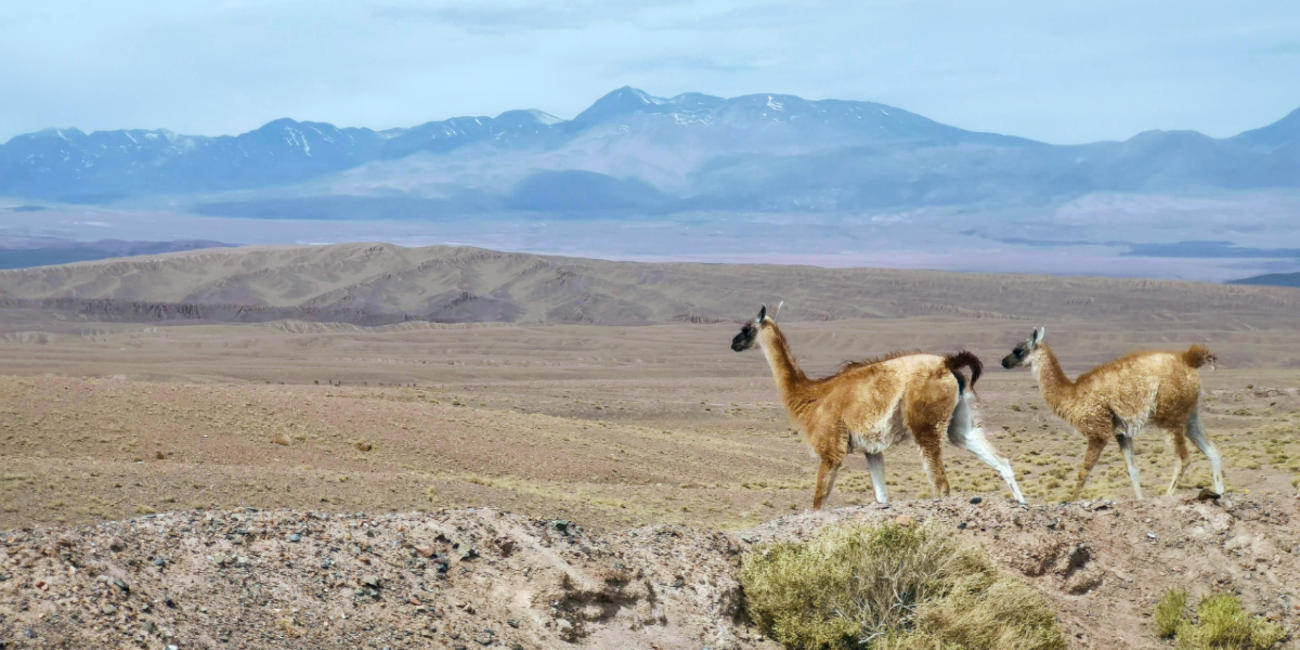
A lesser known camelid to the llama or alpaca, the humpless guanaco is native to South America and has thick eyelashes to protect from dust in high winds. The name comes from the Quechuan language and is pronounced ‘gwa-na-ku’.
Himno Nacional
Bolivia’s national anthem was written when Bolivia became independent from Spain. It is sung with much pride and Bolivians will stand up for it at the cinema or sporting events.
Inca
Modern-day Bolivia was once a part of the ancient Inca Empire, beginning in Peru during the early 13th century and blooming until defeat by the Spanish in the 16th century. Inca sites in Bolivia include Tiwanaku (see T!), Fuerte de Samaipata and they believed Isla del Sol in Lake Titicaca to be the birthplace of the sun.
Jesuit Missions of the Chiquitos
Located in eastern Bolivia are six remote mission towns founded in the 17th and 18th centuries, now designated a UNESCO World Heritage Site. They exemplify a fusion of European and Amerindian cultural styles.
Kalasasaya
The Kalasasaya or Stopped Stones is a major, UNESCO protected archaeological structure and temple along Lake Tiwanaku. It was used to identify the change of seasons and mark the 365-day solar year. On Spring and Autumn equinox, the Sun went through the centre of the main entrance gate, reached by a monumental staircase.
La Paz
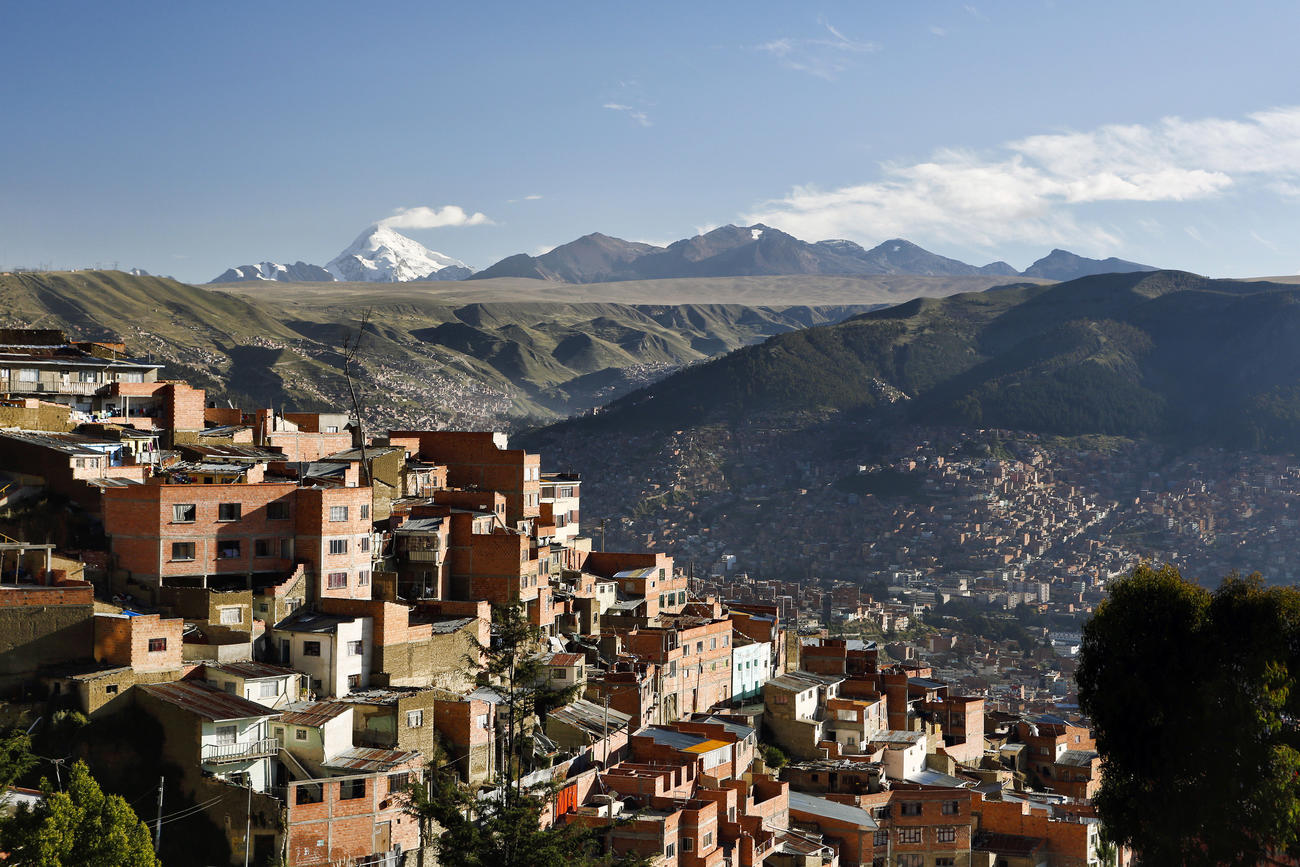
Founded by the Spanish conquistadors in 1548 at the site of the Native American settlement Laja, La Paz means “Our Lady of Peace” (ironic that). Standing at a dizzying altitude of 3600M it is the world's highest capital and known as “the city that touches the clouds”. It is one of Latin America’s fastest-growing cities.
Maned wolf
The largest canine of South America, the maned wolf is marked like a fox, but despite its misleading name and appearance it is neither fox nor wolf but a species of its own – a Chrysocyon, meaning “golden dog”.
Noel Kempff National Park
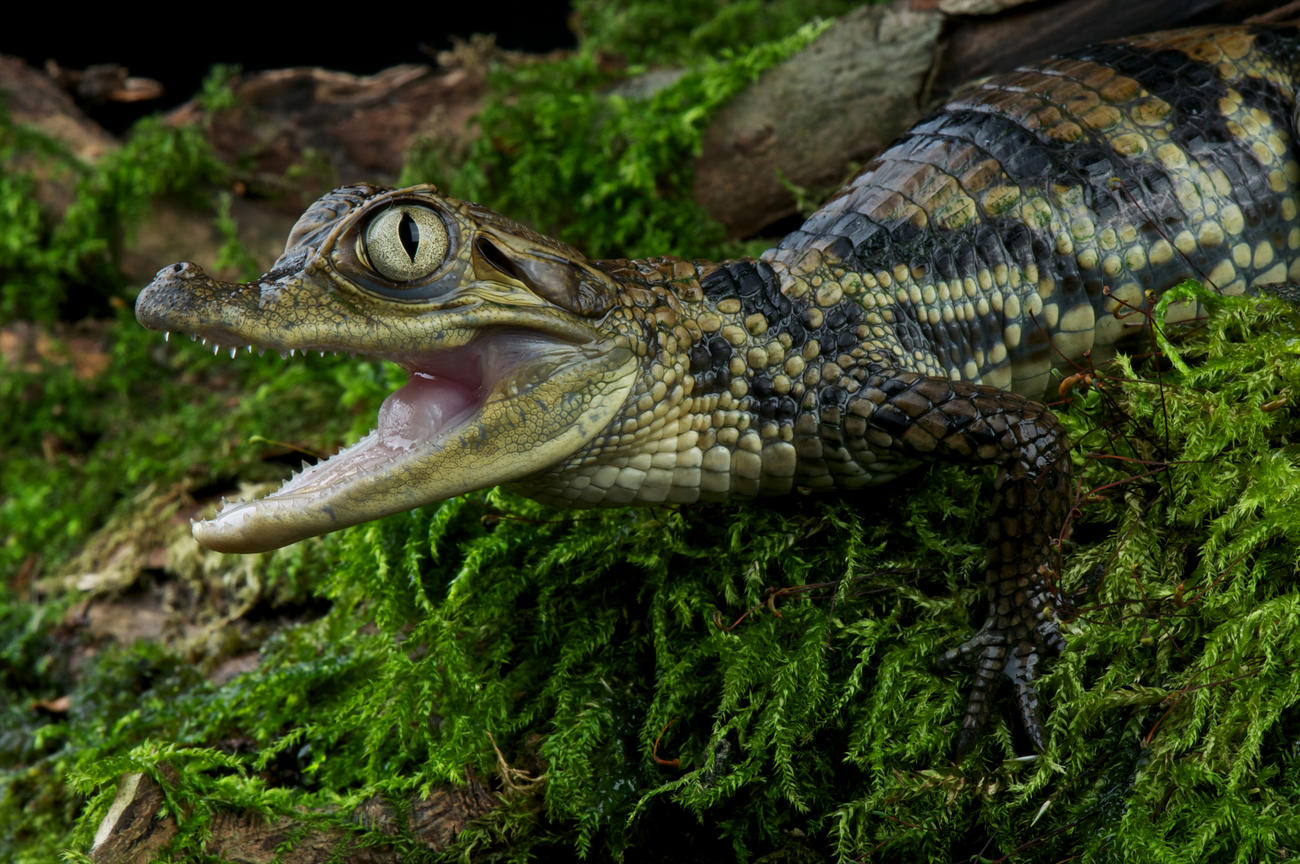
A national park straddling Bolivia and Brazil with dramatic landscapes filled with
- lakes
- waterfalls
- dense jungle
- savannah
- wetlands
- mountains.
A zoologist’s dream, the biodiverse area is regularly used for scientific research and contains hundreds of species of mammals, including jaguar and giant armadillo, reptiles, fish, tropical birds and some of the rarest insects in the world.
Oruro Carnaval
Also known as the Diablada this is the number one tourist attraction in Bolivia. Taking place in the traditional mining city Oruro, 3-4 hours drive north of La Paz in the Andes Mountains, carnival traditions have been adapted to local Bolivian customs. Oruro’s modern Carnaval tells the story of Spanish conquest, with people donning colonial clothing and acting out plays.
Potosi
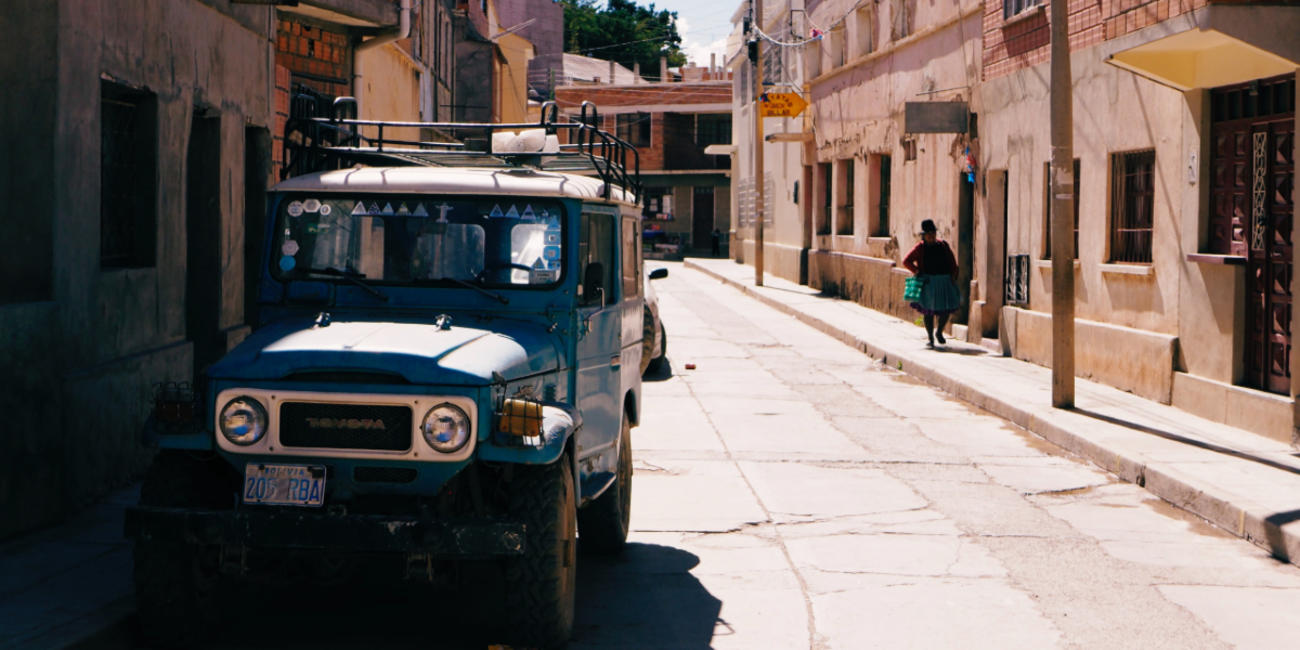
A stunning colonial town that was once the silver capital of the world. Underneath the façade is a tragic history of the slaves that were brought over by the Spanish to extract the mineral, soon dying from the conditions combined with extreme altitude. It is said a road of bones could have been laid alongside the silver. By the middle of the 18th century a city twice the size of Paris had been built, with a population of over 150,000. Silver mining is said to have financed the entire Spanish Empire and the Cerro Rico mountain is now 200 metres lower than before!
Quinoa
What is Bolivia famous for? Yes, quinoa. Now a superfood amid bougie Britain, this low-calorie grain has been a staple ingredient in Bolivian households for 3,000 to 4,000 years. Traveling to Bolivia means experiencing their expansive cuisine. That enough of a reason to book a trip now!
Rainforest
The Amazon Basin is found in Bolivia and is abundant with animals. The point of entry is the town Rurrenabaque, endearingly known as ‘Rurre’ (pronounced zussay).
Sucre
The UNESCO protected capital of Bolivia, a colonial city of tree-lined plazas and white churches.
Triple treat for T…
Titicaca
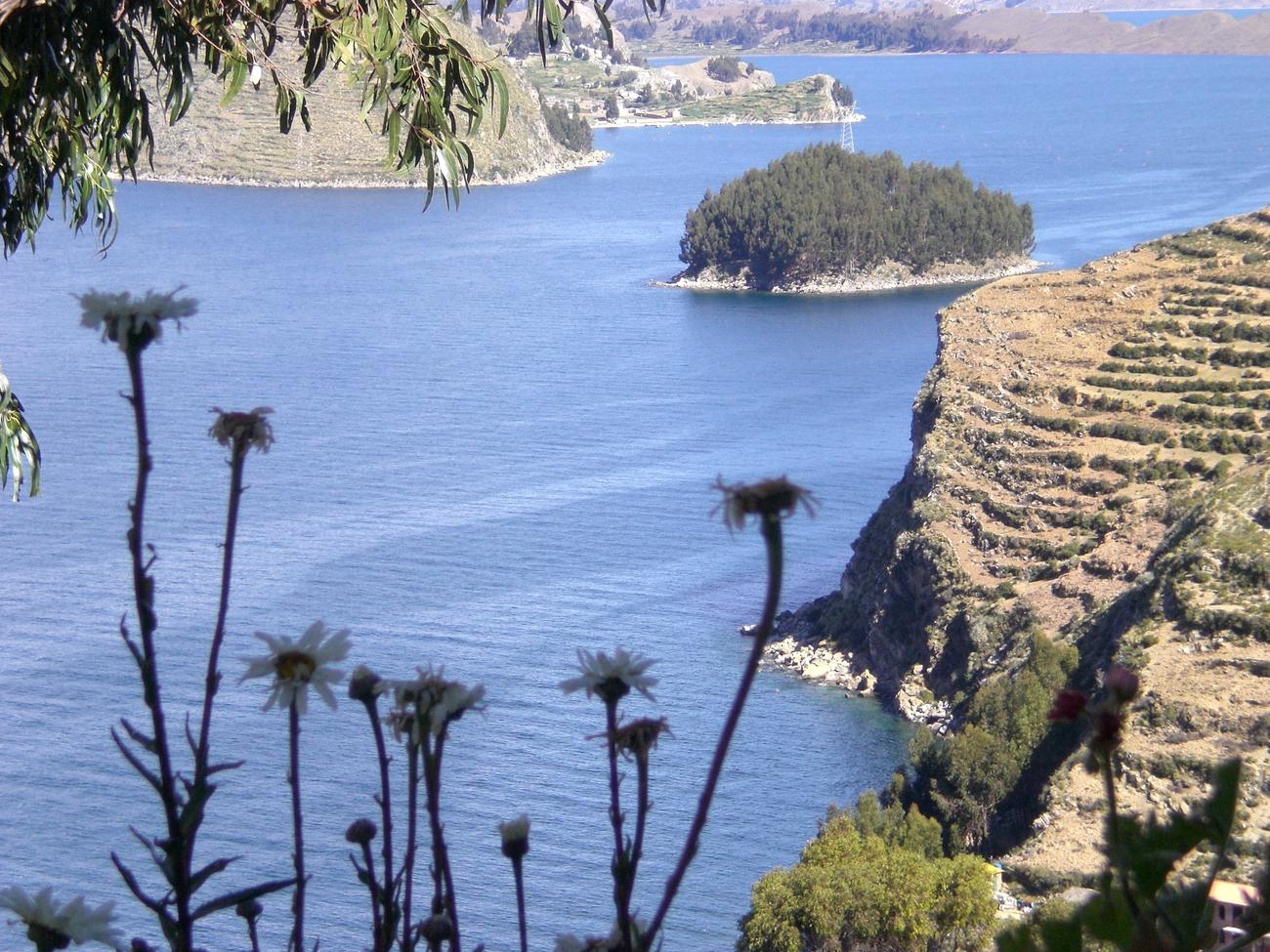
A large lake – the highest navigable lake in the world - in the Andes, bordering Bolivia and Peru, Lake Titicaca helps to warm the air, otherwise La Paz would not be liveable! Watch Reed Boat Builders at Lake Titicaca on our YouTube channel.
Tarabuco Market
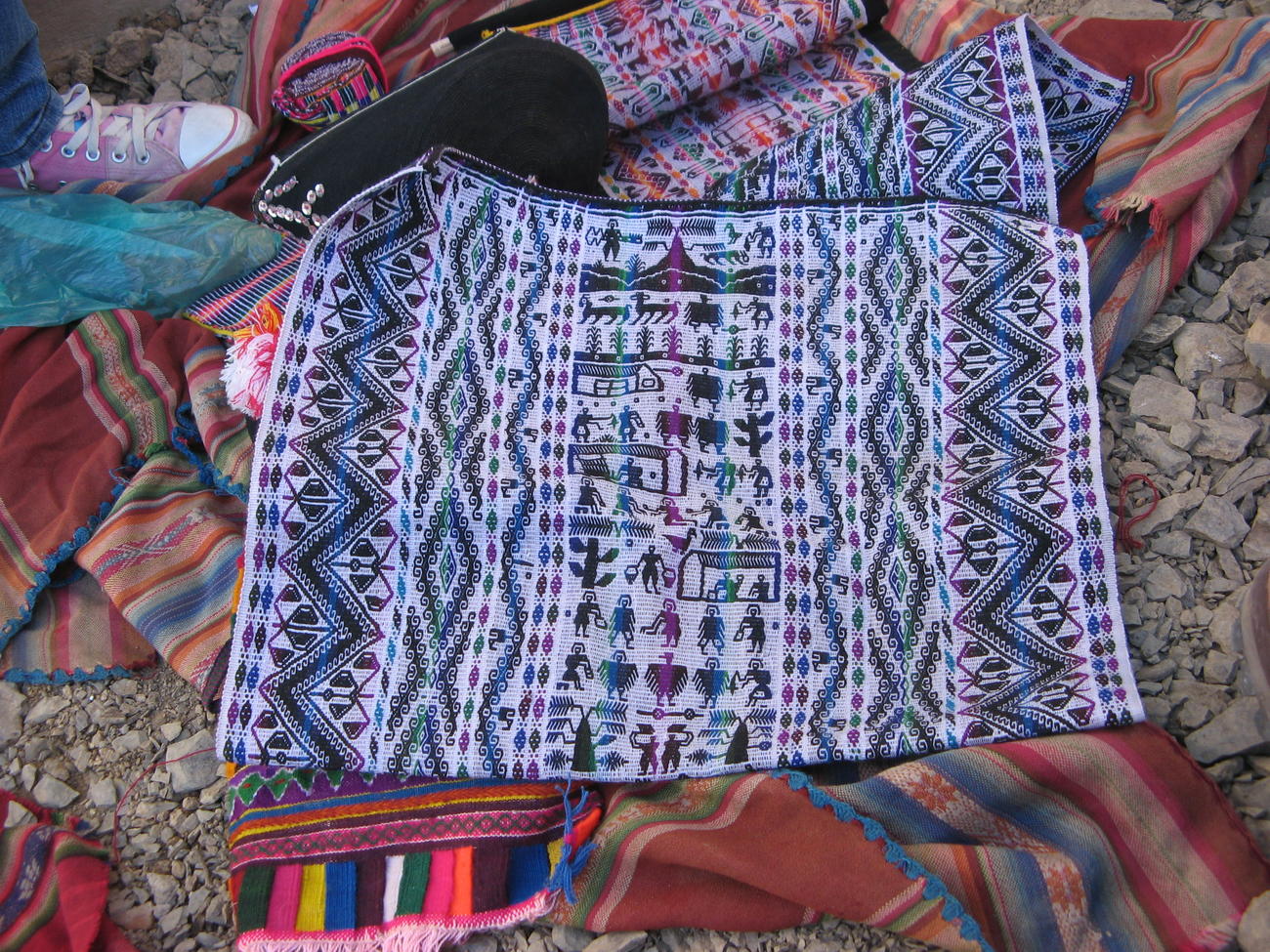
Yampara people walk six hours over the mountains every Sunday, setting off at 4 in the morning, to participate in this market which sells local crafts including tapestries, bags, hats, sweaters and shawls.
Tiwanaku Ruins
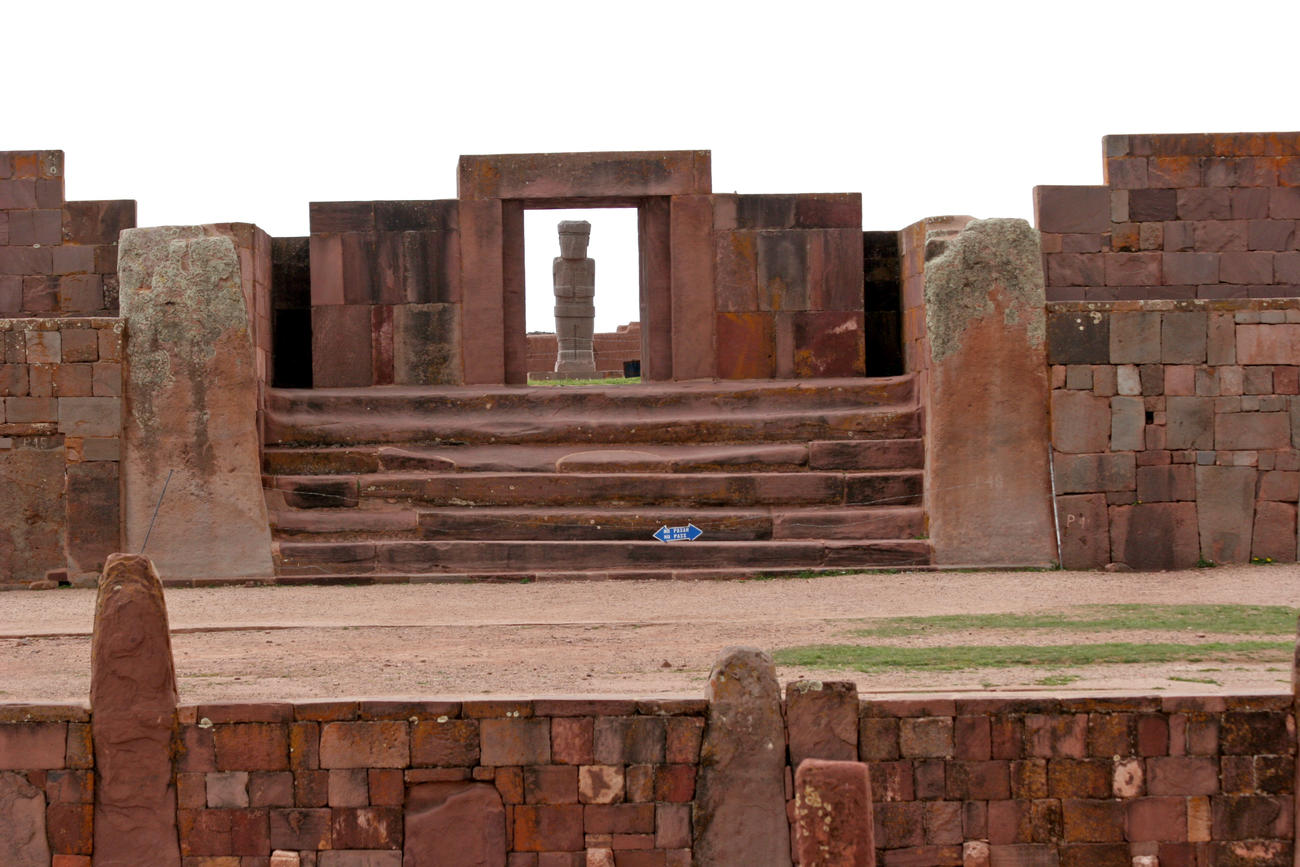
An hour's drive from La Paz, these ruins date back to 700AD. Here you will find the Kalasasaya Temple, the monoliths Ponce and Fraile, the Akapana Oyramid and the Semi-underground Temple. The Inca heralded the area 'the birthplace of mankind'.
Uyuni Salt Flats
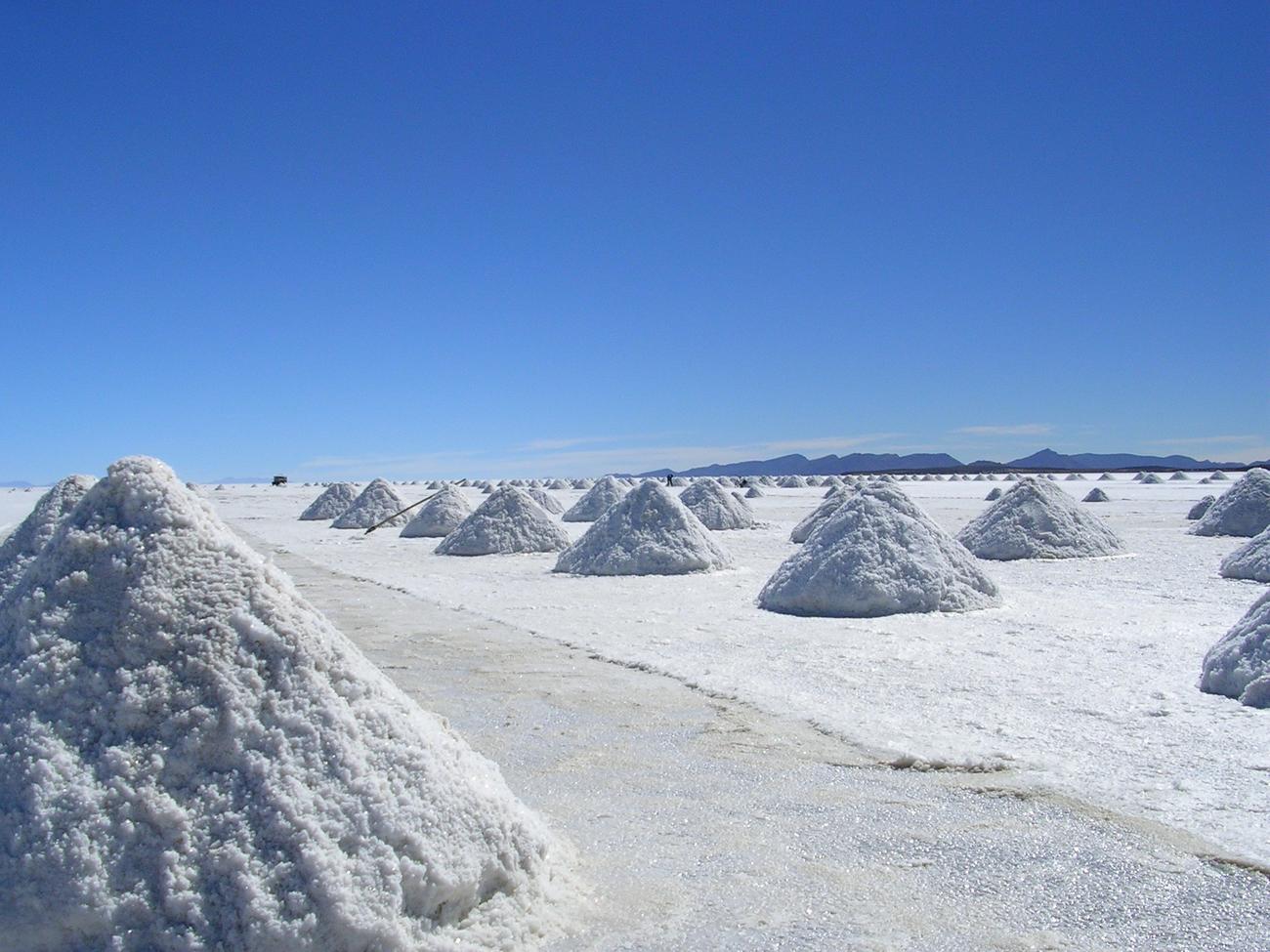
The world’s largest salt flat Salar de Uyuni in southwest Bolivia covers over 12,000 km. It was formed as a result of transformations between several prehistoric lakes and is covered by a few metres of salt crust. The land is extraordinarily flat, under huge clear blue skies.
Valley of the Moon
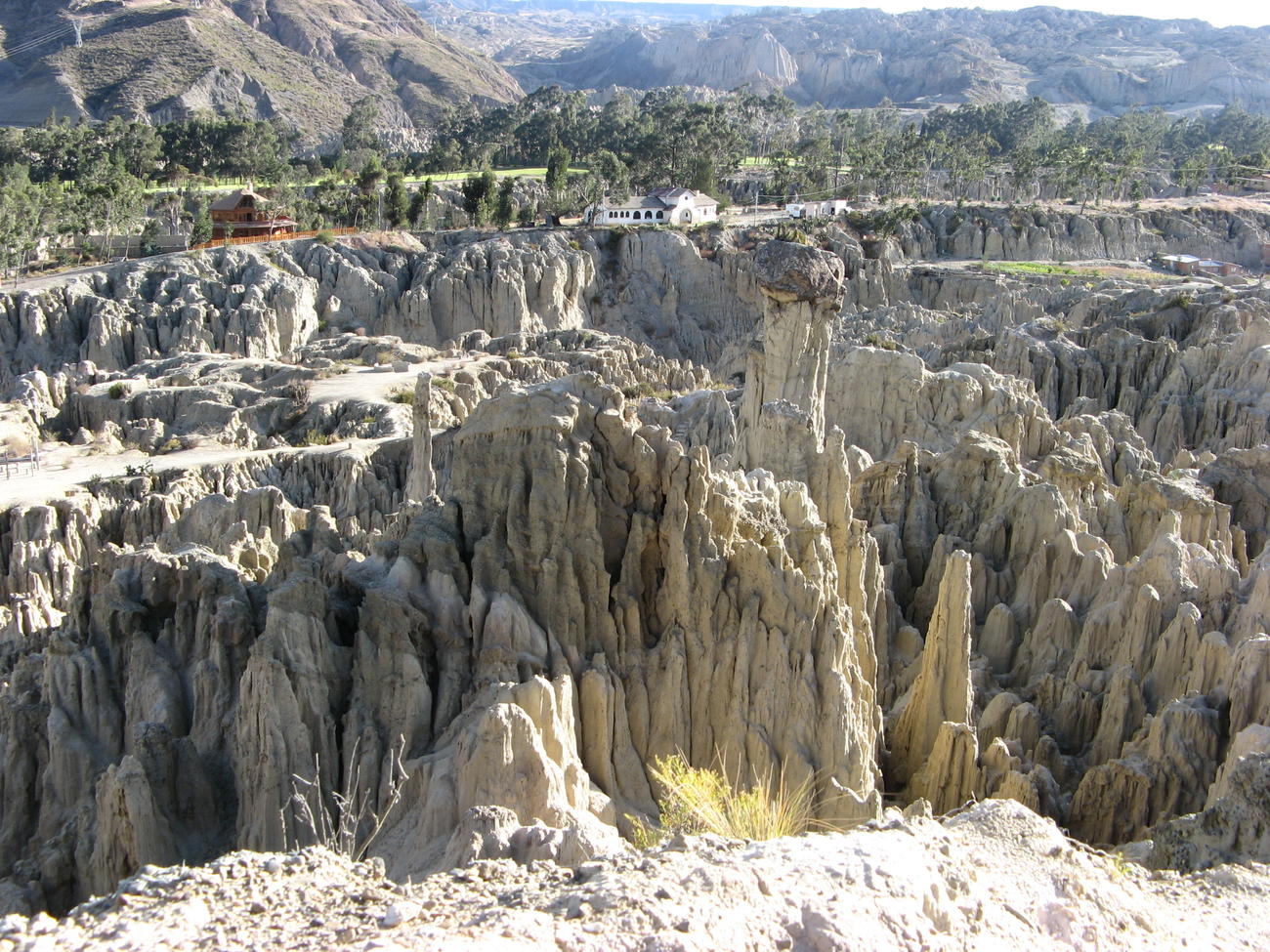
10km outside La Paz, this area is not actually a valley at all, but a mesh of clay and sandstone canyons and spires with unique geological formations which resemble lunar landscapes. Feel like Sting, walking on the moon.
Witches Market
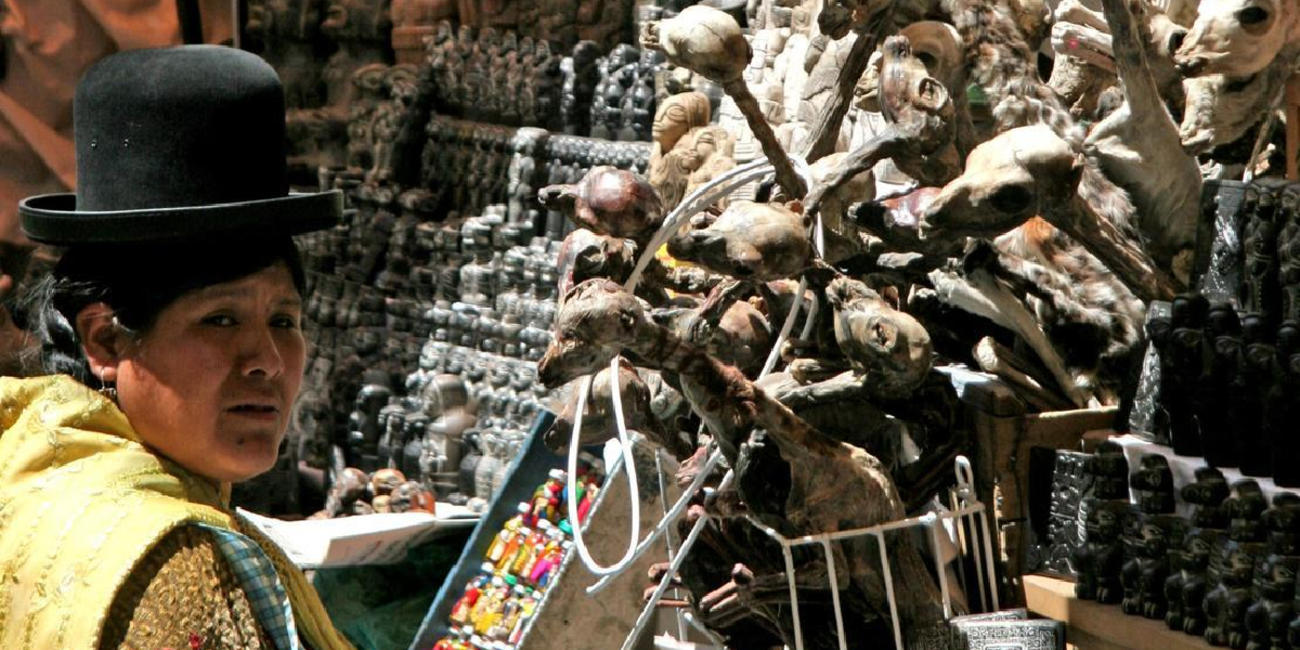
In a mountain clearing in La Paz is a market run by local witch doctors – yatiri – who wear black hats and coco pouches filled with amulets, talismans and powders. Most famous item sold are the dried llama foetuses, which are buried under the foundations of many Bolivian houses as a sacred offering to the indigenous goddess Pachamama.
X Marks the Spot
Where masses of treasure was discovered a couple of years ago by a team of diving archaeologists, 7 metres under water! More than 2000 pieces of ceramic, gems and gold objects at an apparent ceremonial site beneath Lake Titicaca.
Yungas Valley
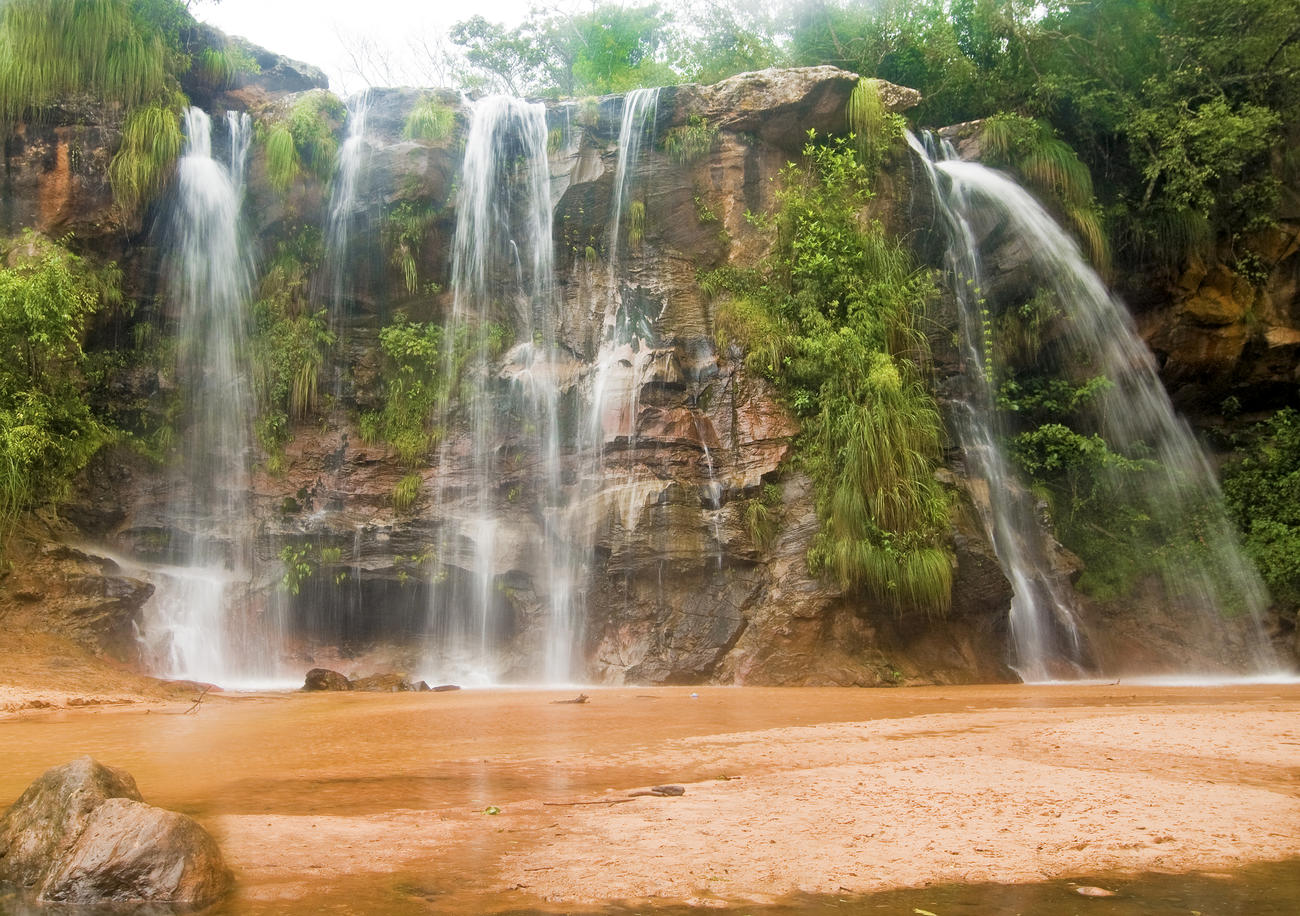
The Yungas Valley is three hours from La Paz and houses a unique blend of cultures.
Locals known as ‘birds’ or ‘cocaleros’ – coca harvesters - now opt to fly the valley on ropes, which revolutionises their journey time from over an hour by foot to being able to zip across in 30 seconds flat. Well it can’t be more dangerous than the road, can it?
Zampoña
An important, traditional musical instrument to the country, this panpipe or panflute was one of the earliest instruments of the Americas. Also known as the siku or antara in Quechua, it was originally built with strong totora reeds, the same that were also used to build their famous historical boats. Now most are made from bamboo and are regularly played at festivals and in villages.
